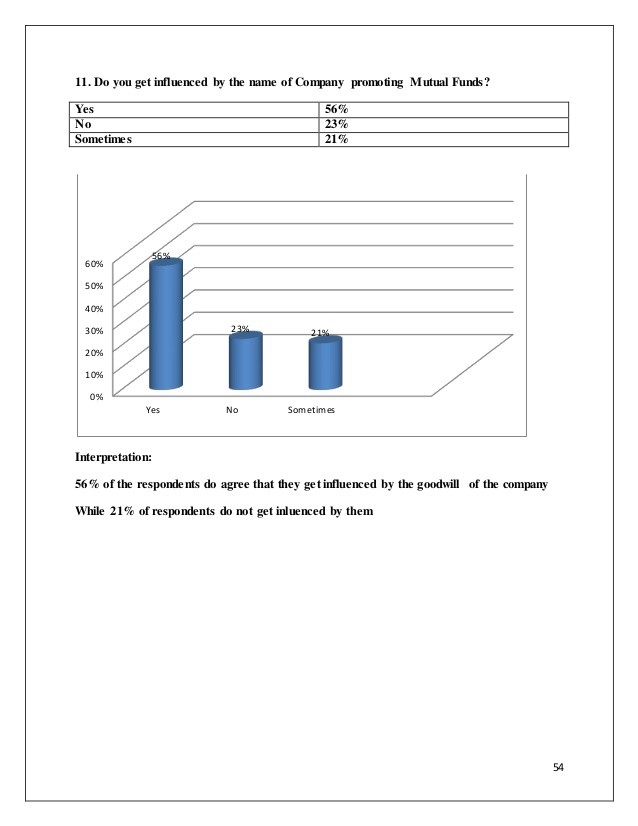Can you have too many mutual funds Yes
Post on: 14 Сентябрь, 2015 No Comment

Summary
Some people take a «collector’s» approach to buying mutual funds: When they find something they like, they buy it. When the find something else they like, they buy that too. Soon they have a dozen funds or more.
Is there an ideal number of mutual funds to own? Forbes recently asked three experts of widely varying opinion.
Some people take a collector’s approach to buying mutual funds: When they find something they like, they buy it. When the find something else they like, they buy that too. Soon they have a dozen funds or more.
Is there an ideal number of mutual funds to own? Forbes recently asked three experts of widely varying opinion.Sir John Templeton, the dean of global investing, says that one fund is plenty.
If you own a fund that can invest without restriction in at least 100 different stocks and bonds worldwide, he says, then one fund is sufficient diversification. Even for large investors with many millions to invest, nothing is gained by owning more than three such funds. You’ve already achieved maximum diversification.
The Value Line Mutual Fund Survey told Forbes it suggests owning 11 funds. It recommends one from each of the following stock categories: growth, growth and income, small company and international. And it recommends two funds — one long-term, one short-to-intermediate-term — from each of the following bond groups: corporate, government and municipal. They’d top it off with one mortgage fund.
Sheldon Jacobs, editor of the No-Load Fund Investor newsletter, has a similar view.
You really can’t get enough diversification. You should diversify not just stocks but managers. I think a large investor, someone with $1 million or more, could easily have 20 funds.
Here, says Forbes, is why it doesn’t agree either with one-fund Templeton or with the more-the-merrier folks.
The problem with owning only one fund involves taxes: You limit your ability to benefit from tax swaps. If the U.S. stock market tumbles, you may want to sell one U.S. fund at a loss, then immediately buy another to recreate your position at a lower cost basis. You cannot do that with a global fund; you must own a separate U.S. portfolio.
Here’s another tax subtlety. If you want to divide your assets between stocks and bonds, and if you are in a fairly high tax bracket, it doesn’t make sense to own all these securities in a single entity, says Forbes.
Although if you want to own stocks in your IRA, a single globally diversified fund could make a lot of sense.
But owning 20 funds, or even 11, is much worse than owning only one, says Forbes.
You create a snarl for yourself and gain little additional diversification. Most growth funds own stocks like Microsoft and Motorola; most growth-and-income funds own General Electric and Exxon. There’s no point owning the same stocks over and over again.
Forbes recommends owning six funds: one domestic stock fund, one international stock fund, one junk bond fund, one municipal bond fund, one Treasury or mortgage bond fund.
Keep your two taxable bond funds in your IRA or corporate thrift plan. Hold the muni fund in a taxable account. Use a sixth fund — call it your special situations fund — to try matching your own wits against the market.
(Forbes, 60 Fifth Ave. New York, N.Y. 10011; biweekly, $54 annually)














